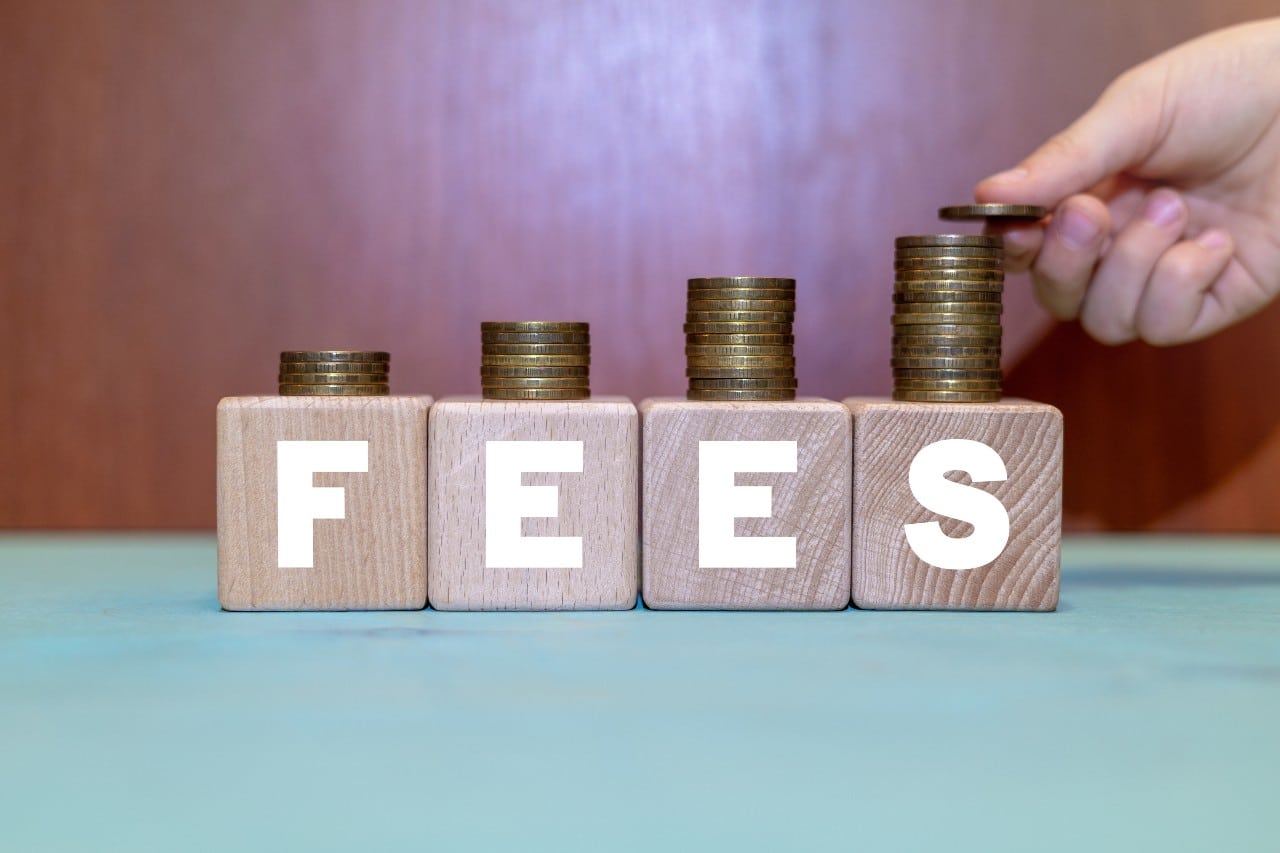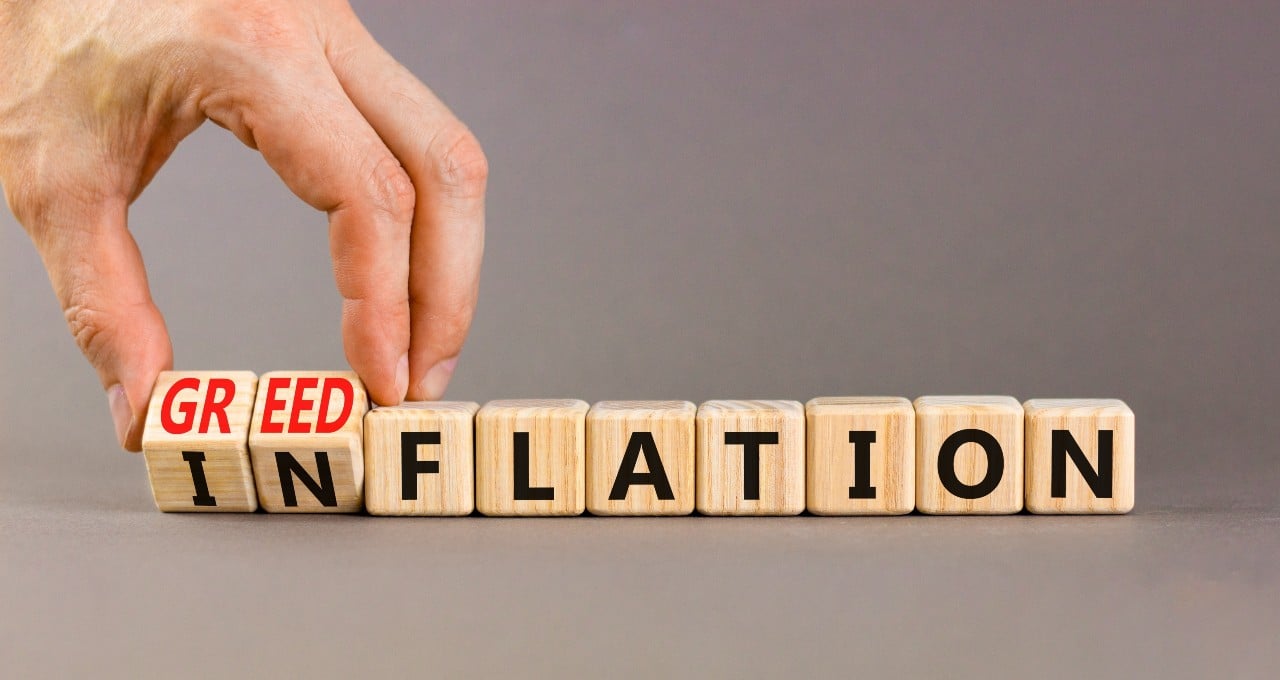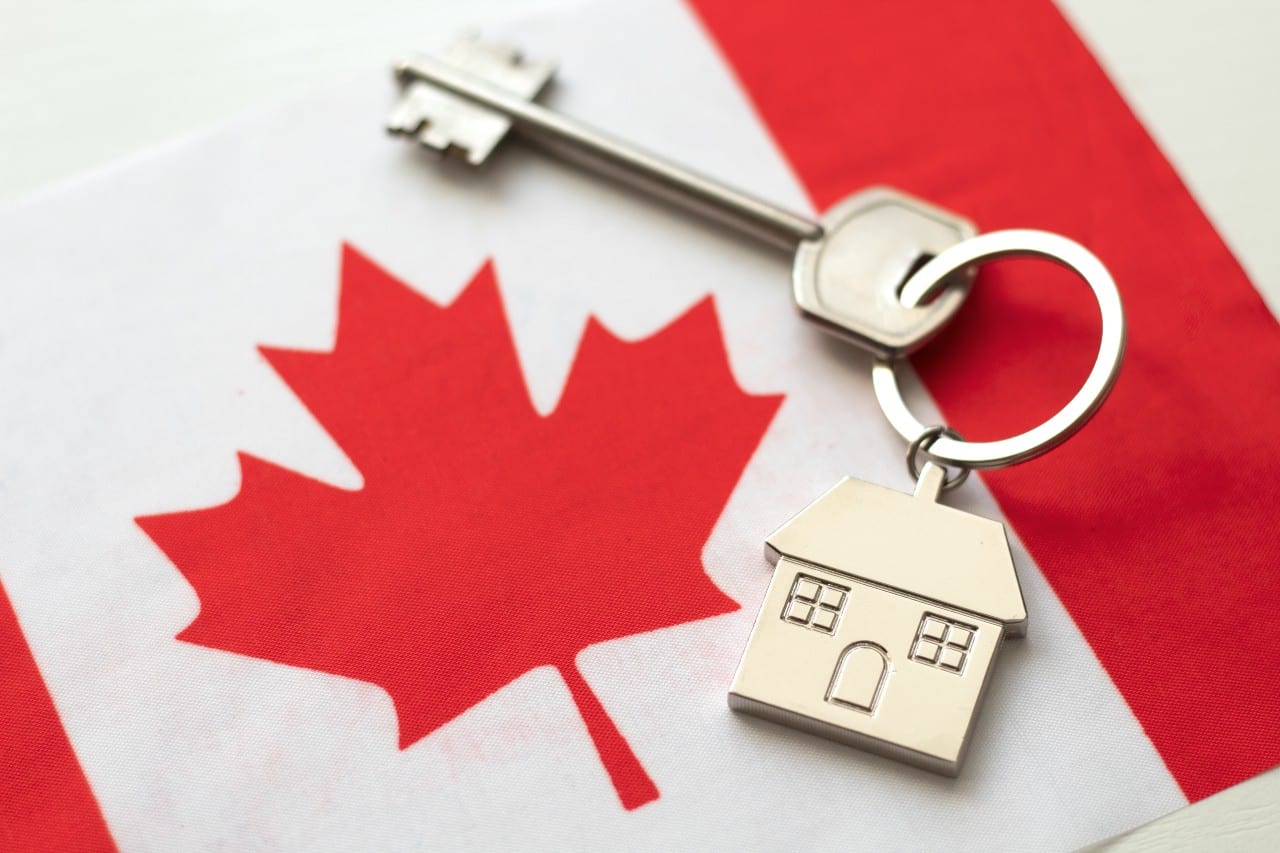Drip pricing is a technique where companies advertise an initial base price, and then add on different fees and charges (mandatory or optional) through the process before you can make a final payment. This can increase the final amount by quite a bit, compared to the initial advertised price.
It has led to an increase in customer dissatisfaction and is considered a deceptive marketing practice by the federal government.
What is drip pricing?
Drip pricing is a pricing and marketing technique. Companies advertise a product or service at a lower price. They then add more fees and charges through the process of finalizing the purchase. The eventual cost of the purchase could end up being much higher than the price that was initially advertised, with the added costs “dripped” in through the process.
How did it get popular?
The initial advertised price seems low or affordable, which acts as a hook or incentive to attract customers. Sellers often provide an option to opt for only the base fare. In case you don’t need any optional add-ons, you may get the actual base price. In many industries such as airlines, the base fare, while technically available, provides a barebones experience. Many customers may not wish to have such an experience, so they will often have no choice but to opt for the add-ons.
In addition, completion bias and sunk cost fallacy play a role. People tend to want to finish tasks they invest time in, so they are likely to continue with the purchase even when they see additional fees. Also, in many cases, switching to another provider is likely to be a similar experience, so they are less likely to want to make that effort and start all over again.
Drip pricing in Canada
Airlines
One of the most common industries where people experience drip pricing is airlines. The Competition Bureau recently launched a market study to examine competition in the domestic airline industry. This study will focus on practices like drip pricing as well, which could potentially bring fairer pricing practices as an industry standard.
Airline pricing starts with a base fare for the flight ticket, with added fees for seat selection, baggage, priority boarding, in-flight meals, and more.
Telecommunications
Canada has some of the most expensive cell phone plans in the developed world. There are lower-cost options which offer less or no data plans.
Some telecom plans attract customers by offering a lower monthly rate for cell phone plans, with added activation fees, sim card charges, and data overage fees.
Ticketed events
Drip pricing has also entered this industry, affecting sports, concerts, movies, and more. These events advertise a base ticket price, with added service fees, convenience fees, processing fees, facility charges, and more, depending on the type of event it is.
For instance, the Competition Bureau investigated Cinelplex for adding a mandatory $1.50 online booking fee in June 2022, which was not included in the advertised ticket price. They collected nearly $39 million from this and have been fined. They are in the process of appealing the ruling. As we move towards an increasingly cashless society, consumers will have to be on alert for such instances.
Hotel bookings
Hotels offer a standard nightly fare, with additional parking charges, resort fees, wifi charges, tourism taxes, and service surcharges, among others.
Repercussions of drip pricing
The biggest repercussion is the financial impact on customers, as purchases turn out more expensive than initially anticipated. In the current economic climate, where people are already trying to carefully make ends meet, these costs quickly add up.
In addition, there is greater difficulty in comparing prices to find value. Customers often like to compare prices before shopping, especially if they’re trying to stick to a budget or spend mindfully. With drip pricing, people cannot accurately gauge the real price of the purchase till they are almost done with the transaction process. This makes it challenging to compare prices, so buyers often don’t even know if they’re getting a fair deal. This is also unfair to other sellers who do follow fair practices and show real costs upfront.
Lastly, it erodes trust. Customers are likely to feel deceived by seeing so many costs add up. This creates a negative effect in their minds, especially if they are mandatory charges that were not previously disclosed. Not being able to trust the seller they are trying to buy from creates discomfort in the consumer decision-making process. For any company, this is unlikely to be a good long-term strategy as they may lose consumers due to the negative experience and lowered trust.
Rules and regulations
As of 2024, regulations in this space are mostly about mandatory fees. Since many of the fees added via drip pricing are optional add-ons, they are technically compliant with the law. For example, in the airline industry, where the base fare is technically available. However, most people still end up needing to pay some extra fees or charges.
The existing regulations also require companies to disclose the full amount before final purchase. While they do “drip” the added fees, they do show the full amount at the end of the process, so these companies are again technically within the bounds of the law.
The situation has been changing for the past few years. This is reflected in federal changes to the regulations surrounding pricing laws, calling undisclosed fees a harmful business practice.
Legal status
In June 2022, the federal government amended the Competition Act and explicitly stated that drip pricing was illegal. It is now considered a criminal offence, and a deceptive marketing practice. At present, there are consumer protection laws in place against mandatory additional fees.
The Competition Bureau actively enforces these regulations and takes the responsibility of holding them accountable. The Bureau wants all Canadians to report any such fees to them. This way they can hold companies accountable on behalf of the Canadian taxpayer. They can also impose significant fines like they did in the aforementioned Cineplex case. The Bureau has also fined other companies for similar drip pricing charges, many of which currently have class action lawsuits against them.
Key takeaways
Drip pricing is a marketing technique that involves using a lower price to attract customers, and then “dripping” more fees and charges through the purchasing process. The final price ends up being much higher, and the customer ends up paying more than they expected to, often because some of those fees are not even optional.
Drip pricing exists in industries as diverse as airlines, telecom, sporting events, cinemas, hotels, and more. Long term, it can affect a company’s brand value and goodwill negatively. It has a strong negative financial impact. it makes it difficult to accurately compare prices before making a purchase. This is especially relevant if you’re already on a tight budget or trying to rein in your finances. If you’re currently dealing with debt, you can contact one of our trained credit counsellors for advice – they can help you figure out which debt relief strategy could be the right fit for your specific situation.










